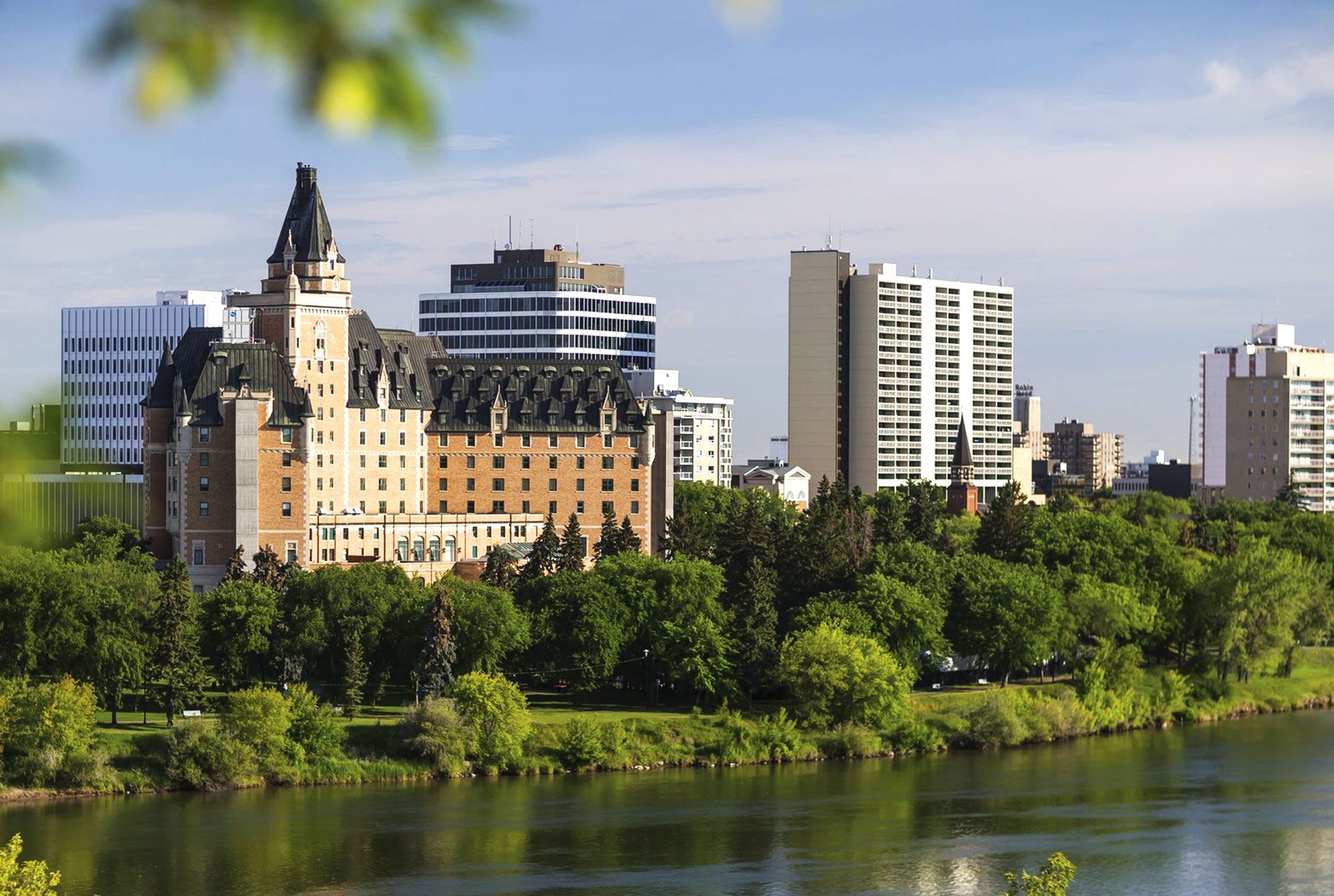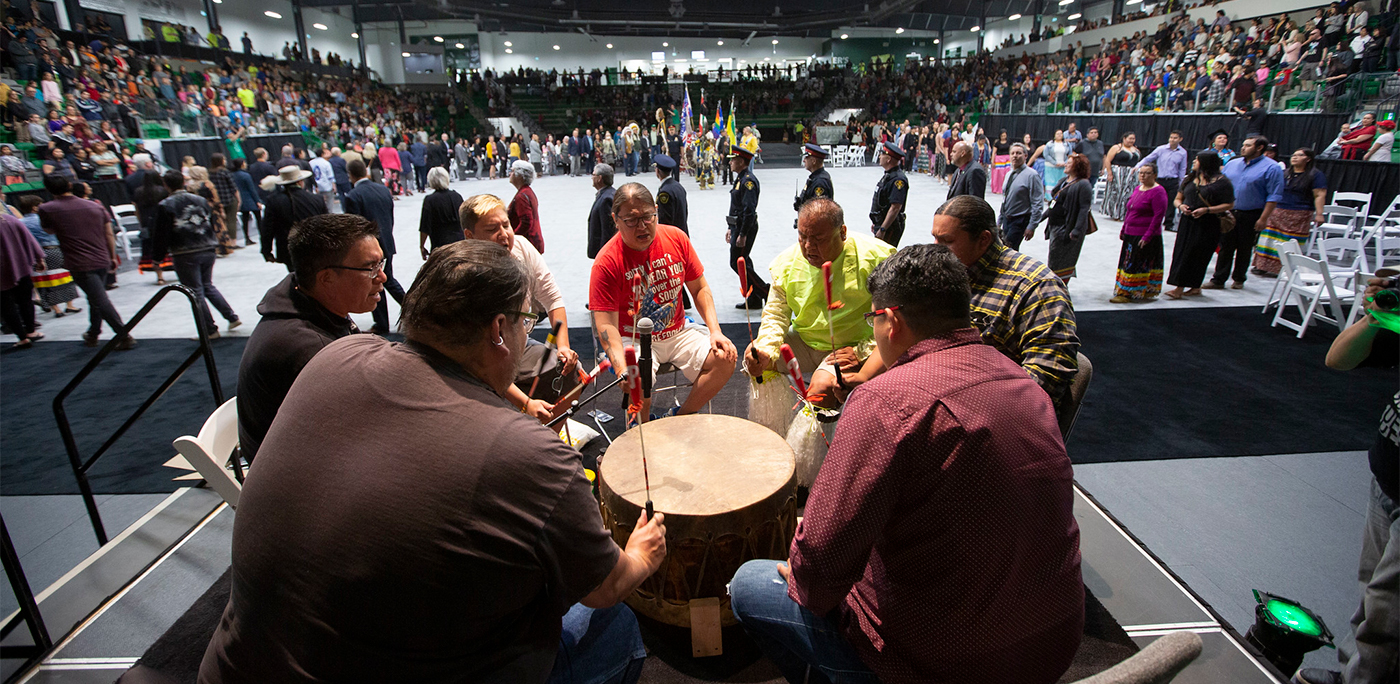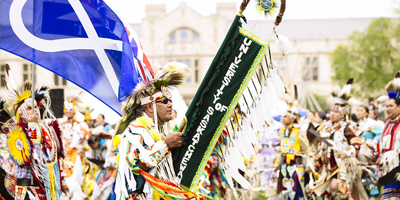Immigration and Relocation
Immigration
Foreign workers must obtain authorization to work in Canada in the form of a work permit. A copy of this must be provided to the department and Human Resources before employment can begin.
Relocation
Incurred expenses in relocating you and your family members may be covered for some employees. The offer of employment will indicate if an employee is eligible for reimbursement of relocation expenses.
Temporary Foreign Workers
Your rights while working in Canada
In Canada, the rights of all workers, including temporary foreign workers, are protected by law. If you are a temporary foreign worker employed by USask, read on for important information about your rights as a temporary foreign worker.
- If your Work Permit was issued under the International Mobility Program pursuant to a LMIA exemption number provided to you by USask, please refer to the following information to learn about your rights as a foreign worker in Canada:
- If your Work Permit was issued under the Temporary Foreign Worker Program pursuant to a Labour Market Impact Assessment (LMIA) approval provided to you by USask, please refer to the following information to learn about your rights as a foreign worker in Canada:
If you require additional information about your rights as a temporary foreign worker employed by USask, please contact HR Immigration at hr_immigration@usask.ca
Getting Settled

With the South Saskatchewan River flowing through the heart of downtown, Saskatoon is one of Canada's most beautiful and fastest growing cities. The largest centre in the province of Saskatchewan, Saskatoon is known for its natural beauty, urban culture and small-town hospitality. An active city, residents and visitors alike flock to the Meewasin Valley Trails, over 60 kilometers of pathways along the river.
Below are some websites that will help you get aquainted with all that our welcoming city has to offer.
- City of Saskatoon
- Tourism Saskatoon
- Saskatoon Chamber of Commerce
- Saskatoon Open Door Society
- Planet S Magazine
- 25 best things to do in Saskatoon
- Tourism Saskatchewan
Weather
Saskatoon has four distinct seasons and experiences long, cold winters and sunny, bright summers with over 2,200 hours of sunshine annually. Thunderstorms are common in the summer months and the area usually gets abundant snowfall in the winter.
Culture Shock
Culture shock refers to the challenging process of adjusting to a new country or culture.
Essentials
Saskatchewan's medical system covers the cost for basic medical care. Residents can also choose to purchase private health insurance plans that would provide even more extended health benefits. Many employers also offer private health plans for their employees.
The Saskatchewan Health Authority and the Saskatchewan Cancer Agency provide most health services in Saskatchewan, either directly or through health care organizations.
Owning a Home
Owning a home in Saskatoon is affordable compaired to other major markets in Canada. The average price for single-family detached homes in Saskatoon is over $300,000.
- Saskatoon Real Estate Listings
- Saskatoon Housing Market Updates
- Kijiji Saskatoon
- Canadian Realtor's Association
Apartment/condo rental
Apartment/condo rentals are abundant in our current housing market and you should not have a problem in securing a place to live.
There are a number of property management agencies in Saskatoon that could support your search for residential rental properties. You can find these agencies by searching for “Saskatoon residential property management” in your browser.
Utilities
Whether you are renting or purchasing your home, you will need to arrange to hook up your utilities, which include power, heat, water, internet, etc.
Child Care
Child care in Saskatoon is mostly offered through licensed, private daycare providers. Be sure to start looking early as spaces are limited.
Preschools
- Saskatoon Preschool Foundation
- Saskatoon Public School Preschools
- Greater Saskatoon Catholic Schools Preschools
There are a number of Montessori preschools and programs in Saskatoon. You can find these by searching for “ Saskatoon Montessori programs” in your browser.
Elder Care
A personal care home is a private business that provides accommodation, meals and supervision or assistance with personal care to adults in a residential, family-like atmosphere.
Education in Saskatoon
Saskatoon Public Schools
Saskatoon Public Schools offers kindergarten to Grade 8 programs at its elementary schools. Elementary French immersion programs see students attend the designated school that serves their neighbourhood. The kindergarten to Grade 8 Nêhiyâwiwin Cree Language and Culture program at Confederation Park Community School is a division-wide program open to all students. City Park School offers a Montessori program for Grade 1-8 through an application process held each spring.
Collegiates for students in Grade 9-12 operate with open boundaries. Students may register at the collegiate of their choice
Greater Saskatoon Catholic Schools
The Greater Saskatoon Catholic Schools have 43 elementary schools and seven high schools serving over 19,000 students in Saskatoon and surrounding communities. They nurture faith and encourage excellence in learning, while inspiring students to serve others and make the world a better place.
Social Insurance Number
If you are a Canadian citizen, permanent resident or temporary resident, you need a Social Insurance Number (SIN) to work in Canada or to receive benefits and services from government programs
Banking
With a relatively low cost of living in Canada, your money goes further in Saskatchewan. Banks are federally regulated and most of them operate across Canada.
Taxes
Federal, provincial and municipal (local) governments all collect money from Saskatchewan people through taxes. This money is used to provide services like police and fire protection, health care, education and more. In many cases, these taxes are deducted from an employee's pay cheque.
Fraud
As is the case around the world, people in Saskatchewan are subject to frauds and scams. Learn how to identify and what to do in case you are a victim.
Driving
Saskatoon is mainly a commuter community, with most residents owning a vehicle as their main source of transportation.
Transit
Saskatoon Transit serves nearly a million rides each month. With 40 routes and over 1,600 stops, Saskatoon Transit serves all corners of Saskatoon providing eco-friendly and safe alternative transportation for residents.
Find other services in your area including community programs, legal, income support, disabilitiy services and more.
Indigenous Culture

The University of Saskatchewan's commitment to indigenization has been integrated into the University’s Institutional plan as a strategic pillar, a pillar equal to discovery, teaching and learning, and engagement. This has brought about new innovative initiatives in many, if not most, of our colleges, schools and departments.

The vice-provost, Indigenous engagement provides inspirational, transformational, and visionary leadership for the Indigenous academic portfolio at the University of Saskatchewan.
The vice-provost, Indigenous engagement works alongside Indigenous and non-Indigenous people in and outside of the University to achieve the academic mission of the university, broadly intersecting with such areas as governance, teaching, learning and student experience, and research. In addition, they provide the guidance and leadership necessary to engage students, faculty, and staff so that members of the university, as a whole, see themselves working towards and contributing to Indigenization and Reconciliation initiatives as identified in the university vision, mission and values statements and the emerging University Plan.

The Gordon Oakes Red Bear Student Centre is intended to be an inclusive, intercultural gathering space for the entire campus community, and is a part of the university’s community of supports that ensure the success of Métis, First Nations and Inuit students.
The centre is grounded in the teachings of collaboration, cooperation, humility, reciprocity and sharing. Through teachings, events and ceremonies, the cultures and contributions of Métis, First Nations and Inuit peoples will be recognized and celebrated.
The building houses the Aboriginal Students’ Centre and Aboriginal student leadership groups—with additional space for learning, gathering and ceremonies.
Federation of Sovereign Indigenous Nations
The Federation of Sovereign Indigenous Nations (FSIN) represents 74 First Nations in Saskatchewan. The Federation is committed to honouring the spirit and intent of the Treaties, as well as the promotion, protection and implementation of the Treaty promises that were made more than a century ago.
Saskatoon Tribal Council
Saskatoon Tribal Council (STC) improves the quality of life of First Nations through mutually beneficial partnerships with community organizations and industry.
Opportunities for improved living are accessed through programs and services in health, safety, economic development, education, and financial investments in the broader community. Acting as a representative body for seven First Nations, STC delivers programs and services to those living in member communities and Saskatoon.
Aboriginal Friendship Centres of Saskatchewan
The Friendship Centre movement is built on community support, trust, strong leadership, tradition and faith and is mandated to improve the quality of life for Aboriginal Peoples throughout Canada.
The concept of Friendship Centres originated in the 1950s with the increasing numbers of Aboriginal people moving into urban areas. The centres were created within urban settings as a way to address the needs of First Nations and Métis people at the local level, providing referrals and counselling with respect to employment, housing, education, health, and liaison with other community organizations. Saskatchewan currently has 11 Friendship Centres and a corporate office in Saskatoon.
Saskatchewan Indigenous Cultural Centre (SICC)
Since 1972, the Saskatchewan Indigenous Cultural Centre (SICC) has worked to preserve and revitalize First Nations languages in Saskatchewan. It also assist First Nations people, educators, students, government agencies, and the general public in gaining access to information pertaining to Saskatchewan First Nations.

